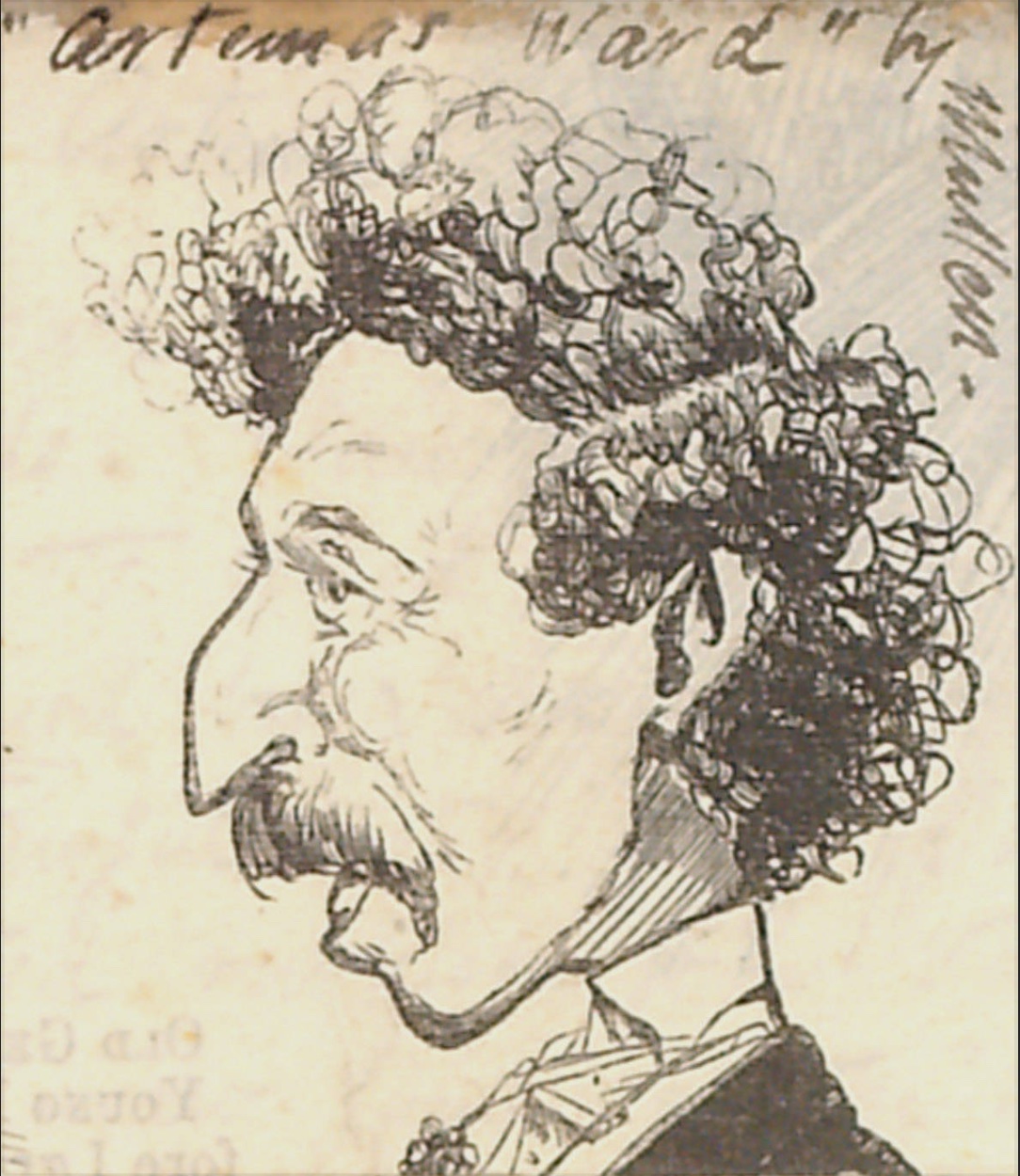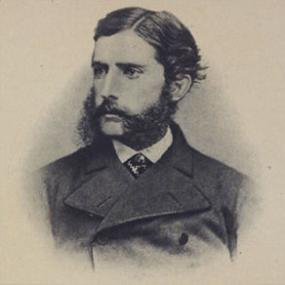Charles Ignatius Pfaff: Arrival in New York
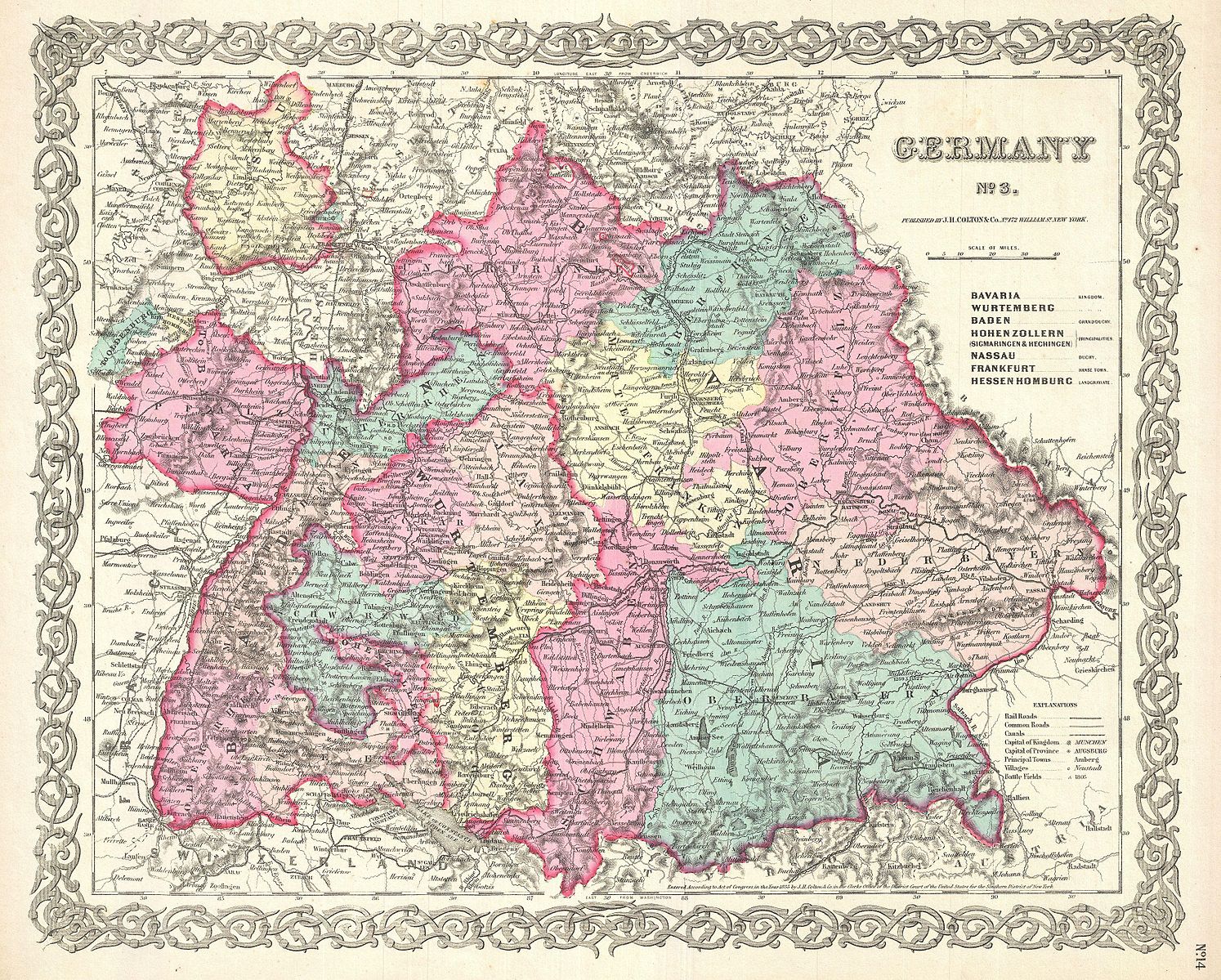

According to Cummings, Pfaff came to the United States to pursue his dream of opening his own restaurant.8 It is possible that he traveled with his wife or with the young woman he would marry once they both arrived in the United States. In New York’s copious records of immigrants to the United States in the nineteenth-century, there are no shortage of German names such as “Karl” or “Carl” Pfaff or the Americanized form: “Charles Pfaff.” At first glance, it appears that there are several potential candidates who could be the restaurant owner and probably many more whose records are no longer extant. Given the uncertainty of the exact date of Pfaff’s arrival and entry into the state, there are numerous biographies and genealogies that could be considered.

Even if Maria’s christening date or any other part of the vital information included happened to be recorded incorrectly, it seems implausible that this Karl Pfaff would have gone to the U.S. with or without his wife, while leaving the rest of their family behind. None of these children are mentioned as being associated with Charles Pfaff in New York. In fact, Pfaff was the father of only one or at least only one surviving child, Charles Pfaff, Jr., who, according to the same 1880 federal census, was born in New York in 1857 or 1858, not in Baden.11 Furthermore, at least by 1858, as I will show later, Pfaff had his own lager beer saloon in New York City, which makes it highly unlikely that the “Karl Pfaff” Lause points out is Charles Ignatius Pfaff.
I would now like to propose a previously unknown, and I would argue a stronger candidate that could be Charles I. Pfaff. Because this suggestion is based largely on genealogical research, an examination of several records will be necessary. Using information that is well documented—the April 1890 death of Charles Pfaff in Manhattan and his burial in Green-Wood Cemetery—to conduct searches of the records in both the New York City Death Index and Green-wood’s Burial Search Database turns up some surprising results.12 More specifically, searching the NYC Death Index for a last name that sounds like “Pfaff” with the first initial “C” and the known year of Pfaff’s death (1890) from his obituaries in New York newspapers turns up no viable results for “Charles” or “Carl” that could be the restaurant owner.13 There are no “Karl Pfaffs” that fit the known facts of Charles’s biography either. A search of Green-Wood’s records yields the same results: there is no one named “Charles,” “Carl,” or “Karl Pfaff” buried at the cemetery in 1890.

However, as it turns out, a reading of the entire list of deceased “Pfaff’s” in the NYC Death Index reveals that Charles Pfaff’s death certificate is seemingly filed under his “given name” and his “last name,” or “Ignatius Pfaff.” According to his record, Pfaff died on Wednesday, April 23, 1890, at the age of seventy-one, which is nearly consistent with the New York Times obituary that explains Pfaff died “in his seventy-second year” at his home. The Times suggests that Pfaff was, as some biographical data and census records indicate, born in 1819.14 At the same time, reading through the list of persons with the surname Pfaff in Green-Wood's Burial Index reveals that “Charles I. Pfaff” is listed here too as “Ignatius Pfaff,” probably because this is the spelling of the name supposedly included on the death certificate. According to Green-Wood’s records, Pfaff was interred at the cemetery on April 26, 1890, three days after his death.

This new information about “Ignatius Pfaff” may imply that he adopted the name “Charles” after entering the United States, adding it such that his given name of “Ignatius” became his middle name. One possible meaning of this discovery is that searching for “Carl” or “Karl” Pfaff in New York immigration records or in German genealogies and archives may not lead scholars to the restaurant owner in the U. S. or in his native Baden. It now becomes necessary to look for Pfaff’s early census and immigration records by using the Americanized “Ignatius” as found in the NYC Death Index and the German form(s) of the name including “Ignatz.” The results of such searches are particularly illuminating. In an 1855 New York State census record documenting the inhabitants of the fifth election district of the 14th Ward of New York City as of June 21, 1855, there is a listing for an “Ignatz Pfaff” and his wife “Sarah.”15 At the time of the census, the Pfaff’s were living in a frame home valued at $3000 with three other families, all of whom were immigrants from Ireland. Ignatz Pfaff is thirty- five-years-old, making his estimated birth year 1820 (1819 is also possible); his profession is recorded as “waiter.” His wife Sarah is thirty-years-old, making her estimated birth year 1825, and both are of “German” origin. The pair is also designated as “aliens” that have lived in the U. S. for only a short time. The slash marks in the census columns—intended to record the number of years an inhabitant has resided in the city— suggest that neither Ignatz nor Sarah has yet lived in New York City for a full year and that the pair arrived in the city during the census year.
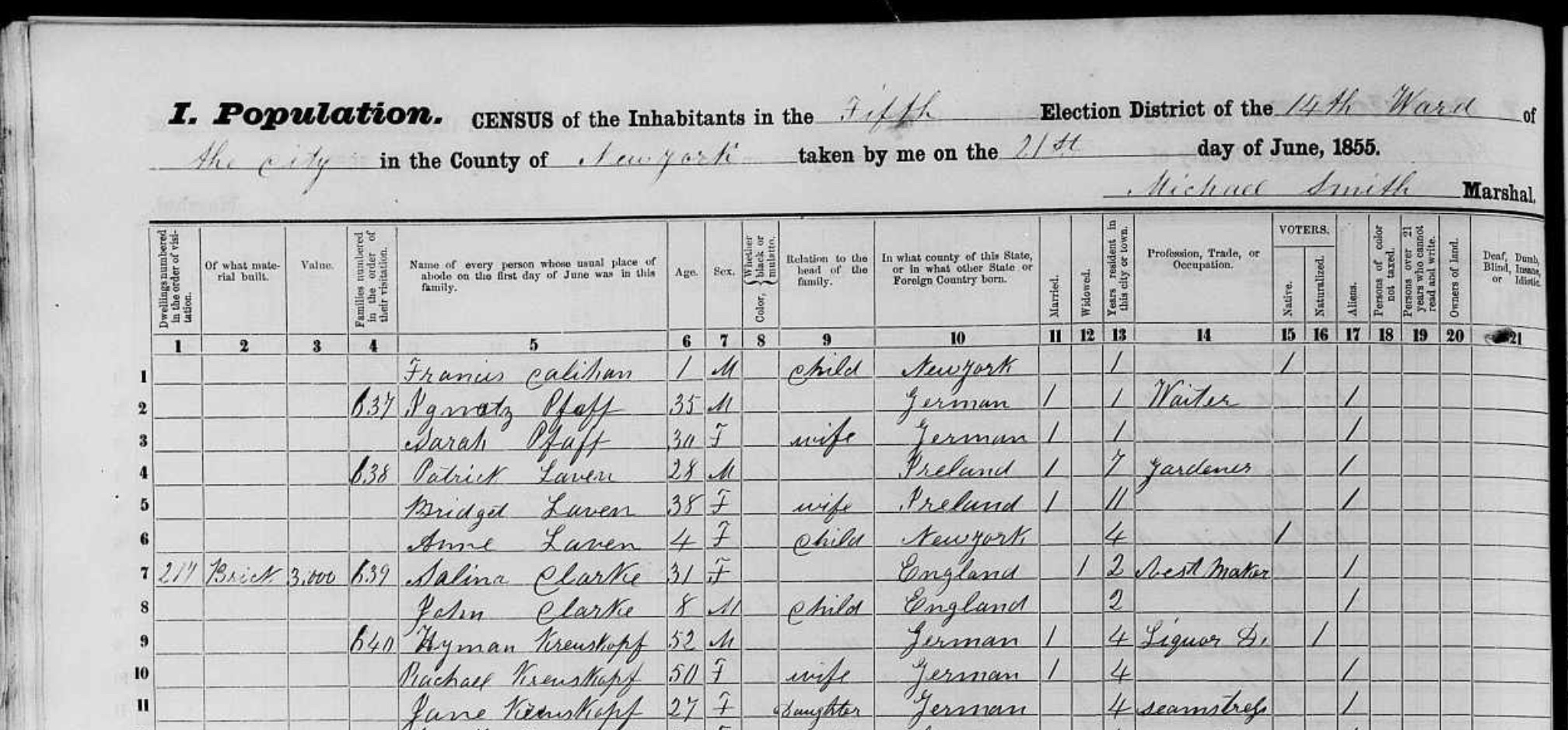
Ignatz Pfaff is, therefore, approximately the right age, and he seems to have immigrated in 1855—the generally accepted date of arrival for Charles Pfaff. He had also worked as a waiter, which is the very career Pfaff is believed to have pursued in Switzerland. A search of Ancestry.com’s “New York Passenger Lists Database, 1820- 1957” for ship passengers with the same name or with names similar to those of “Ignatz” and “Sarah” Pfaff reveals that on January 6, 1855, a three-masted sailing ship called the “Corinthian” arrived at the Port of New York from Le Havre, France after 32 days at sea.16 The ship’s manifest lists the names of some 285 passengers, including two handwritten names, recorded one after the other: passengers 253 and 254, respectively, are “Ignaac Paff,” age 35, from Baden and a “Sarah Ansler or Amster or Amsler” [illeg.] (sometimes transcribed as “Angler”), age 30 and here designated as “Suisse” (Swiss).17
Given their identical ages, very similar names, and their shared intentions of remaining in New York, it seems likely that the Ignaac and Sarah on the ship’s passenger list and the married couple Ignatz and Sarah that appear some five months later on the June 1855 census records are the same family, where “Ignaac” may be a mishearing or misspelling of “Ignatz,” and “Sarah” is identified as “Swiss” rather than German. Even this discrepancy in Sarah’s country of origin does not seem surprising given that, as previously mentioned, Charles Pfaff himself is frequently referred to as a German from Switzerland or German-Swiss. The possibilities that his wife might have been Swiss or that she, like Pfaff, might have left Baden for Switzerland, following her future husband to Basel during or just after the German revolution, all seem plausible. At any rate, Sarah’s designation as “Swiss” only serves to further support the idea that “Ignaac Paff” is Charles Ignatius Pfaff since Switzerland was Pfaff’s last known country of residence before he came to the United States. Ignatz and Sarah, therefore, should be counted among the leading candidates to be Charles Pfaff and his wife, who, with the help of Pfaff’s skills as a waiter and the few supplies they could procure, would go on to open their own small eating establishment in New York at least by 1858 if not earlier.
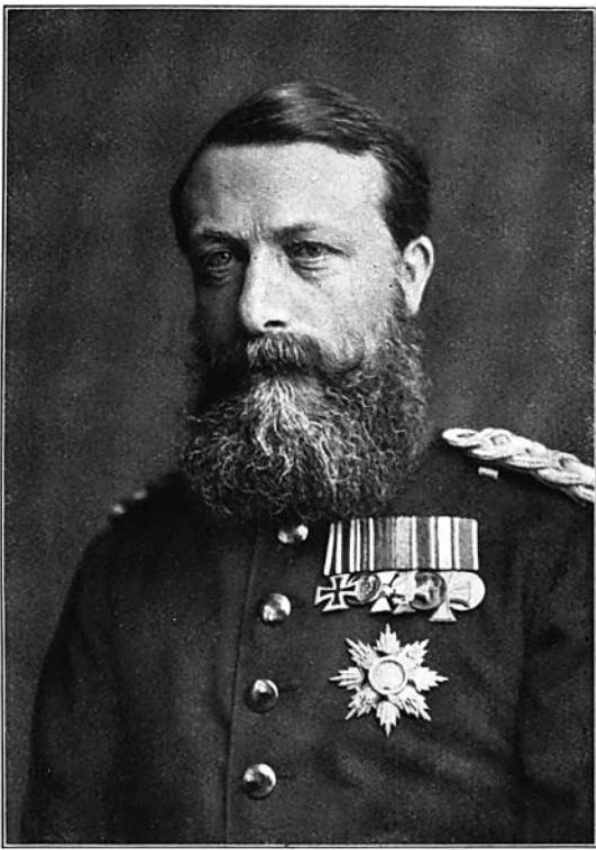
While Charles Pfaff and his wife were setting up a restaurant and saloon, their first and seemingly only child, Charles Pfaff, Jr. was born in 1857 or 1858.18 At approximately the same time, Charles Pfaff, Sr. was beginning the process of becoming a United States citizen. On March 11, 1857, he filed a “declaration of intent” or his “first papers” with the Superior Court of the City of New-York, a form that could be completed after he had lived in the U.S. for at least two years.19 On October 6, 1860, some two or three years after his son’s birth and a little more than five and a half years after settling in New York, Charles Pfaff became a naturalized citizen of the U.S. According to the Index to Petitions for Naturalization filed in New York City (1792-1989), which contains a transcription of the original document. Pfaff described his occupation as “Merchant” and gave his address as “647 B’Way N. Y. C.” The form, signed by Pfaff, certified that the bar-keeper was formally renouncing his allegiance to the “Grand Duke of Baden,” that he had resided in the U.S. “for the continued term of five years at least,” and that he intended to remain in the country.20 Again, Pfaff filed the form with the New York County Superior Court, and Andreas Willmann—who later became President of the German Republican Central Committee—served as a witness to Pfaff’s naturalization.21 The dates of both Pfaff’s declaration of intent and his petition for naturalization suggest that Pfaff could have immigrated to the U.S. in 1855. In fact, if the declaration of intent marks two years of residency for Pfaff, then he likely came to New York between January 1st and March 10, 1855, a window of time that closely coincides with the January 6, 1855, arrival of Ignaac Paff and Sarah Ansler/Amster/Amsler on the Corinthian.
Even though Charles Pfaff himself became a U.S. citizen, there may or may not be additional naturalization records for his wife, which is not unusual given that many nineteenth-century female immigrants did not become naturalized citizens of the U.S. even if their husbands did. In Wilk’s account, however, Pfaff and his wife opened their earliest eating house together, which would suggest that, much like Ignatz and Sarah, Charles Ignatius Pfaff would have come to the U.S. with his wife (or with his soon-to-be wife) such that they could set up their new business.22 Wilk even credits “Mütter Pfaff” (Mother Pfaff) with a talent for brewing “starke, schwarze Kaffee” (strong, black coffee) for the earliest customers.23 As for her role in Pfaff’s later restaurants, no known newspaper articles or accounts written by Pfaff's patrons ever mention Pfaff’s wife by her first name nor do any pieces—the exception being Wilk’s—indicate that she had any interactions with the American Bohemian crowd.24 She is not listed as one of the individuals living in Charles Pfaff’s household on the 1870 federal census, and Pfaff’s marital status is recorded as “widowed” on the 1880 federal census.25 Although perhaps a stretch, given that Mrs. Pfaff’s origins and biography are so uncertain, the marked absence of her in almost all known writings about the cellar and in the 1870 and 1880 census records may suggest that she died before the American Bohemians gathered at 647 Broadway and well before 1870. If Mrs. Pfaff did die before the Bohemians became her husband’s regular customers, it is certainly possible that she may have passed away as early as 1857 or 1858 either during childbirth or sometime soon after the birth of Charles, Jr.
